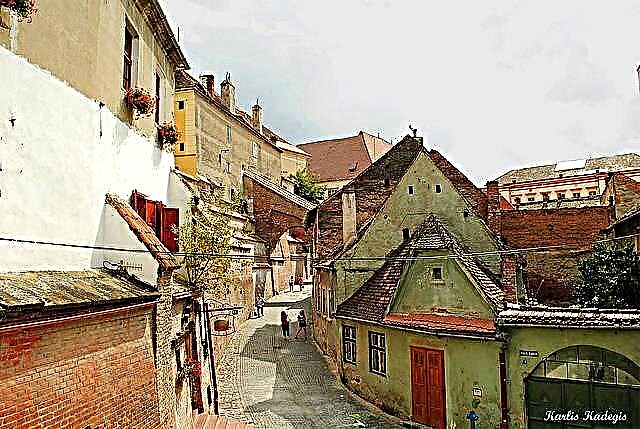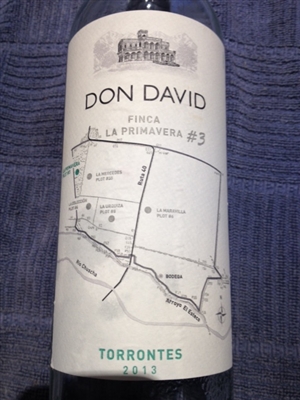The combination of food and wine is an art, because what else can you call the ability to complement, not contradict. A properly selected drink will be able to reveal all the flavors of food, and vice versa, the right dish emphasizes the merits of an alcoholic beverage. The main thing is to adhere to simple selection principles. And it is not at all necessary to follow the old boring rule “red wine - for meat, white wine - for fish dishes”. Today, experiments are in vogue about which we will tell you on our website travel-picture.ru.
Like-to-like principle
Here the logic is simple, light wine is ideal for light meals, and rich wine is ideal for rich delicious dishes. For example, alcoholic beverages with a higher acid composition such as Sauvignon Blanc or Riesling make an excellent pairing for dishes with a sharper, more pronounced taste, such as fish with lemon sauce. Full-bodied wines with earthy tones complement baked meat. It is important to remember that the percentage of fat in the dish is balanced by the acidity of the wine product. The more fatty and juicy the preparation, the more acidic in its composition the wine should be chosen. For example, Muscadet or extra brut champagne will suit fatty oysters.
Aroma and taste
The intensity of the aromas of the drink and food is an equally important principle to consider when choosing. Initially, there are five flavors: salty, sweet, sour, bitter, and umami (umami is a Japanese taste that goes well with sushi sauces and other protein foods). First, you need to determine what taste of the dish dominates you most and only then you choose wine for it. Consider the aroma of the dish: the more pronounced it is, the more aromatic the wine should be matched to it.
Texture
Texture also plays a major role. Evaluate a dish whether it is heavy, dense, runny, or thick. Then choose a wine with the same qualities: with a rich, deep bouquet, or vice versa, light and delicate. Food texture criteria are important when selecting tart (tannin) wines. The more pronounced fibrous structure the meat contains, the more astringent the wine needs to be matched with the dish. So, for example, tender, impatient wine is suitable for juicy veal, but beef suggests a more pronounced tart character of wine.
Cold or hot
The temperature of the dish properly influences the choice of wine. Cold meats, fish preparations, fresh salads and ripe vegetables are much tastier with more elegant wines. Hot dishes require more dense, rich wines.
Age of wine
The age of the wine is also of great importance. Mature wine has a more pronounced bouquet of aromas, and in young wine, acid composition and fruit range are more pronounced. Therefore, pay attention to vintage - the harvest year indicated on the bottle label. Old wines are perfect with game stews or aged soft cheeses, but meat products or fresh salad require younger wine!
Geography of wine
The style of the alcoholic drink, of course, depends on where it was produced, you can read about this in previous articles on travel-picture.ru. Wines from warm regions are usually very juicy and dense in structure, so they are ideally combined with dishes with a bright, rich taste. European wines from cooler regions are much more refined and tender, therefore they are better suited to dishes with a light structure.
Ideal couples:
- - Champagne and caviar
- - Sauvignon blanc and French goat cheese
- - Muscadet and oysters
- - Zinfandel and BBQ meat
Thai cuisine
Thai food is very aromatic. Especially the aromas of dishes that use coriander, pepper, ginger, coconut milk. This means that the spices will be combined with dry white wines.
Chinese cuisine
Chinese cuisine includes a wide variety of dishes. Therefore, at a large feast, you can offer your friends two wines to choose from. For example, from white wines - Sauvignon blanc for fish or seafood from Guangzhou, as well as universal Chablis - it is discreet, mineral, very fresh and goes well with Asian cuisine. From red wines - Pinot Noir for rich fatty dishes, including Peking duck.
Want to go on vacation right now? You have such an opportunity! Book your flight at the lowest prices right now and a great hotel option in any country!
Japanese kitchen
Sushi calls for a savory white wine such as young aromatic Sauvignon Blanc or Riesling. For salmon or shrimp sushi, delicate rosé wine is suitable. Dry sparkling is also a great choice. But red is not a very good choice.
Italian Cuisine
The main parameter for the selection of wines and dishes for Italian cuisine is the principle of “traditional combinations”. Most of the Italian dishes show the folk origin of the cuisine, which is why often all their recipes are accompanied by wines that were also born in the same territory, showing us the local flavor.
For example, seasoned red spirits from the province of Tuscany - Barolo, Barbesco, Chianti Classico - are ideal for spicy Tuscan preparations such as a Florentine steak or hare stew. And with pasta, such as ricotta ravioli, Aglianico del Vultura or Taurasi wine is well suited. The main thing to remember is that when the structure of the dish increases, be it pork or beef with a complex composition, you need to select a wine that is tart in structure and vice versa.
Well, we have told you the secrets of the cuisine and the selection of wines, now having dinner in a restaurant you will not hit yourself “in the dirt” and you will be enlightened in the cuisine of the world by reading our articles on the website travel-picture.ru. There is even more information on where to go to rest in Europe in a separate section.











